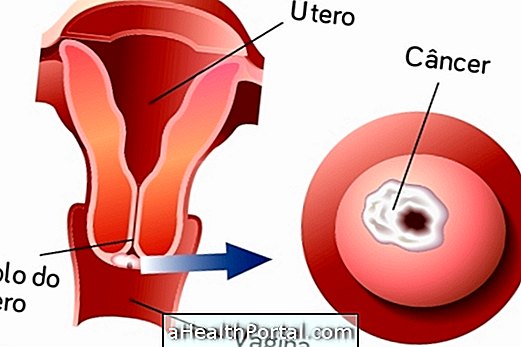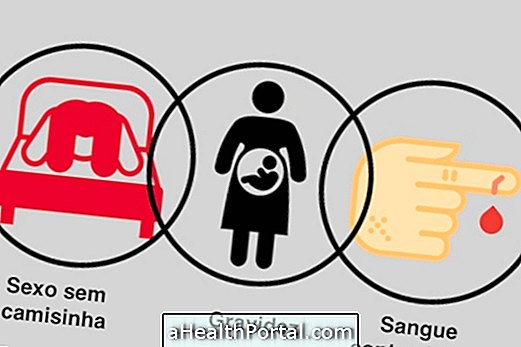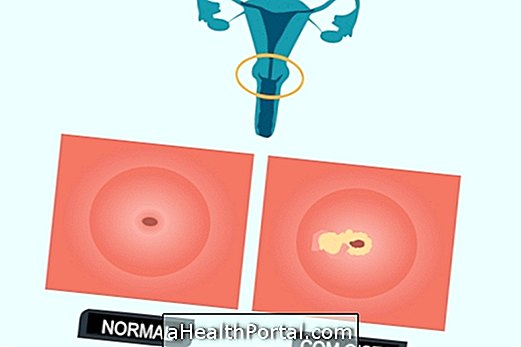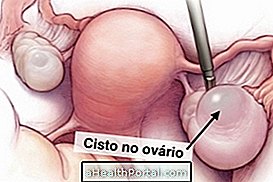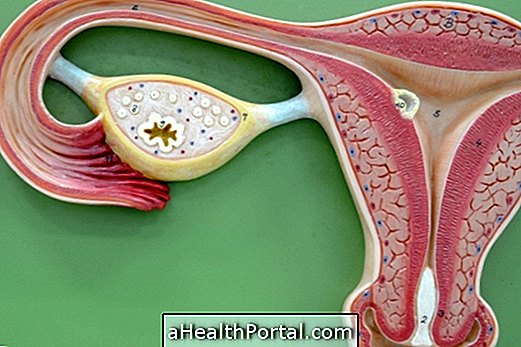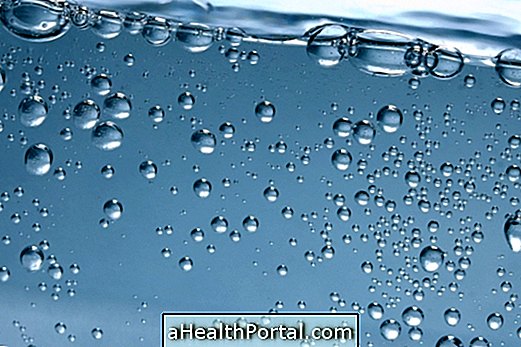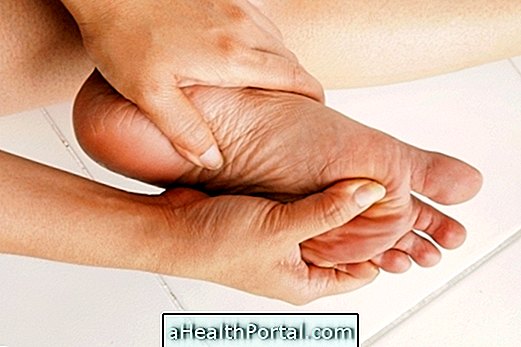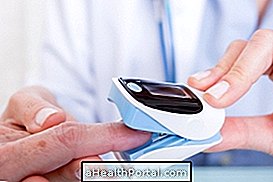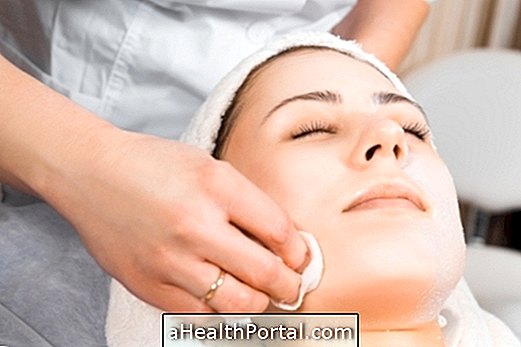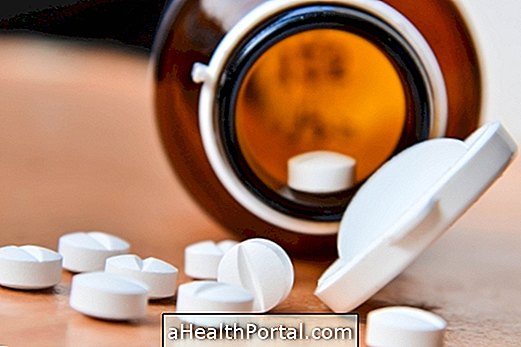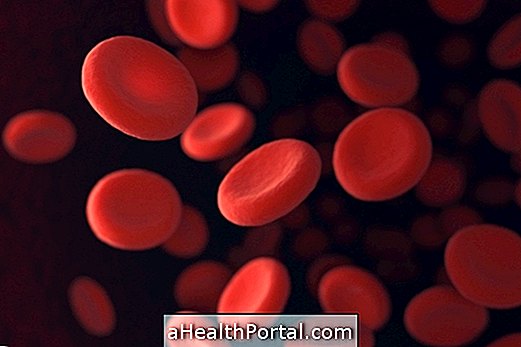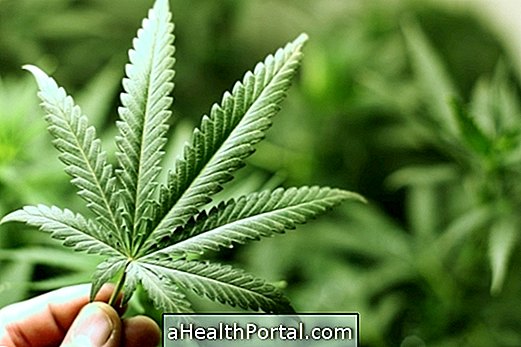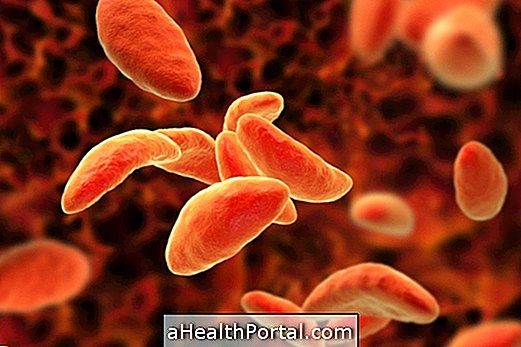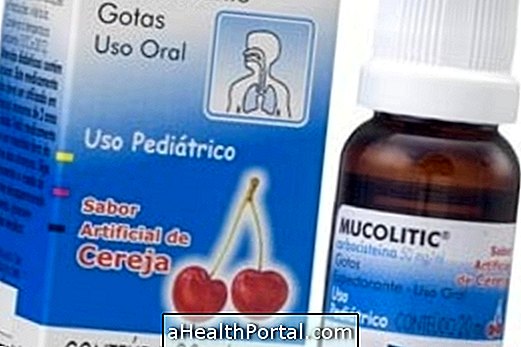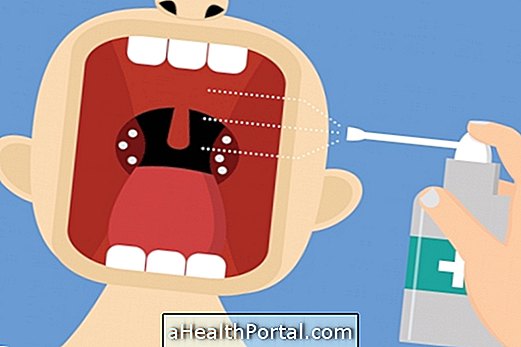The treatment of gonorrhea usually involves the use of antibiotics such as Azithromycin tablets and Ceftriaxone in injection to eliminate the bacteria that causes the disease of the body.
Generally, with the onset of treatment, the symptoms of gonorrhea such as pain or burning on urination and white-yellow discharge, similar to pus decrease, however, it is important that the individual take the antibiotics until the end of the treatment to achieve cure of the disease . Learn to recognize the symptoms of gonorrhea.
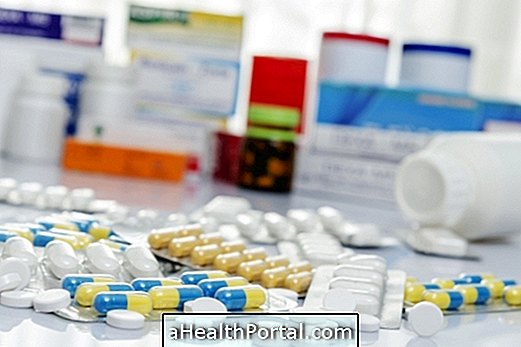
How is the treatment done?
Treatment for gonorrhea is done with antibiotics such as Azithromycin or Ceftriaxone, for example, which should be recommended and used as directed by a doctor. In more severe cases, the bacteria can reach the bloodstream, causing sepsis, and in those cases, the person should be admitted to the hospital to receive antibiotics directly into the vein.
During treatment for gonorrhea, it is important that the person avoid having sex until completely cured. To be sure of the definitive cure for gonorrhea, the person should have gynecological or blood tests at the end of treatment to confirm that there is no infection.
In addition, it is also essential that the sex partner (s) be treated with antibiotics, even if there are no symptoms, as there is a risk of transmitting the bacteria responsible for the disease to other people, as well as the risk of re-contaminating the person who has already been treated.
How to treat antibiotic-resistant gonorrhea
Some people are contaminated with a stronger, harder-to-control version of gonorrhea. This is an evolution of the Neisseria gonorrhoeae bacteria that is not usually eliminated with the basic treatment, requiring the combination of antibiotics or increasing the time of the use of these. Understand why bacteria can turn into superbugs.
Signs of Gonorrhea Improvement and Worsening
Signs of improvement in gonorrhea include decreased pain or burning on urination, disappearance of pus-like white discharge, and reduction of sore throat in case of oral intima relationship. However, even if the symptoms start to subside and disappear, it is important that the treatment continues according to medical advice.
Signs of worsening gonorrhea arise when treatment is not started soon after the onset of symptoms or when treatment is not done as directed by the physician and include increased pain or burning when urinating as well as yellowing white discharge, similar to pus, vaginal bleeding in the woman, the onset of fever, pain and swelling of the testicles in the man and pain in the joints.
Possible Complications
The complications of gonorrhea occur when treatment is not done correctly and include infection of the uterus, uterine tubes and abdominal cavity, as well as inflammation of the epididymis in man, which can result in infertility.
In addition, the bacteria that causes gonorrhea can spread through the bloodstream and infect other parts of the body, including the joints.
Home treatment
Home treatment for gonorrhea should only complement antibiotic treatment and can be done with Echinacea tea, for example, as this medicinal plant has antibiotic and immunostimulatory properties, helping to eliminate the bacteria and strengthen the immune system.
To make this tea, simply add 2 teaspoons of the root or leaves of echinacea in 500 ml of boiling water, let stand for 15 minutes, strain and drink the tea about 2 times a day.
See another homemade way to complement the treatment of gonorrhea in: Home remedy for gonorrhea.
